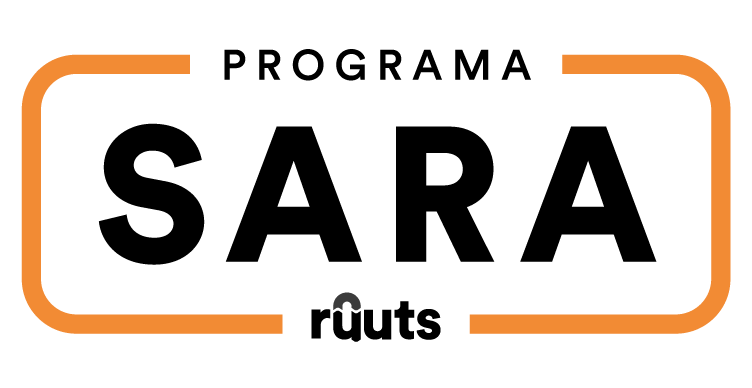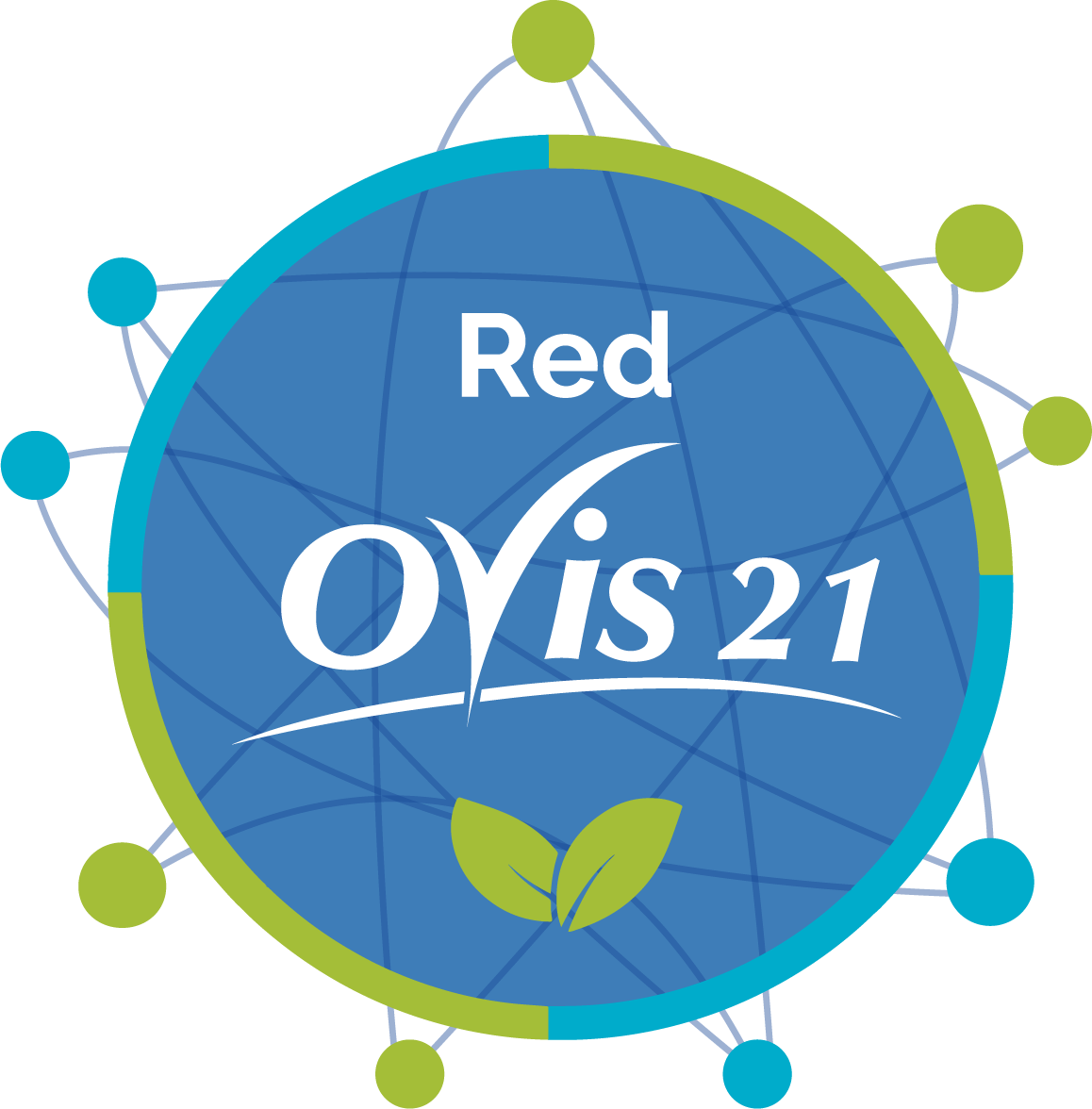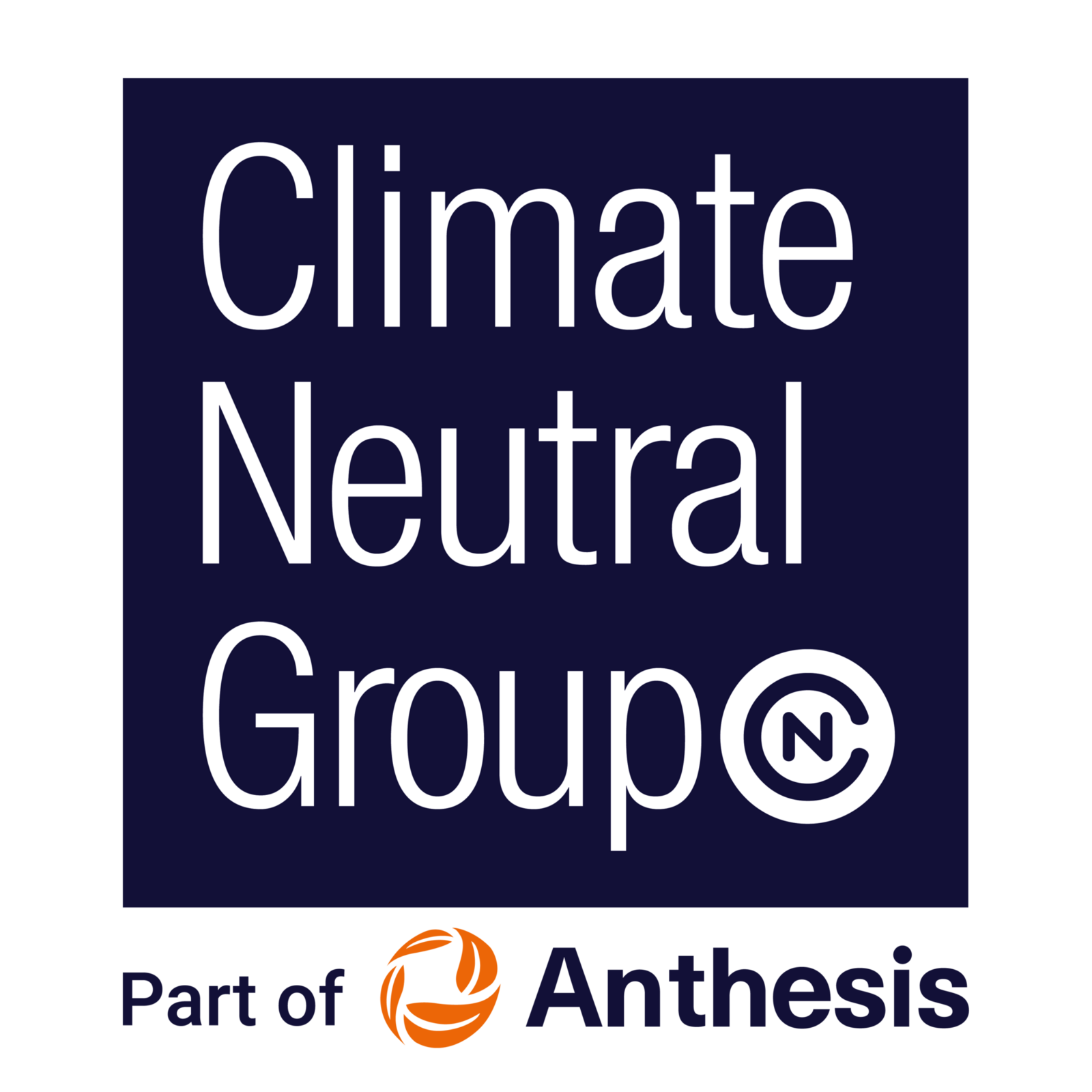It is one of the first carbon programs in Latin America that offers an economic income to farmers who regenerate their land, improve biodiversity, enhance water infiltration, and sequester carbon in the soil.
By carrying out regenerative management, the processes of nature are imitated: planning grazing, seeking perennialization of plots, maintaining soil cover all year round. Implementing these practices improves the health of the ecosystem and the business of producers at the same time.
With SARA, increasing soil organic carbon and reducing greenhouse gas emissions can also generate high quality carbon credits.
These credits are purchased by companies around the world that want to offset their carbon footprint and be part of the solution to climate change.
Program Specifications
Scope
500,000 hectares in Paraguay, Chile and Argentina.
Certification
VERRA
Qualification
VM0042 Methodology – Measurement and model.
Main Intervention
Adoption of grazing planning and other regenerative practices.
Project Start Date
Producers who have made changes in their management practices as of 2019.
How does it work?
Step 1
We collect information from the field
We need you to provide some information about your regenerative agriculture and/or livestock practices in our online registration form for the Program. This is essential for us to be able to start the process of carbon review, validation and certification.
We analyze the data
With the information requested, we analyze and evaluate the qualification to the Program. We calculate the carbon credit potential of your farm and advise you on the contract you will need to sign to move forward.
Step 2
Step 3
We verify Carbon Credits
We will verify the information with auditors and third parties, to present to the VERRA certifier and generate carbon credits (VCU: Verified Carbon Units).
We generate the payment of your credits
We leverage our global buyer market to secure the highest possible price for your credits. The value of the credits we are going to pay is calculated from the weighted average sales price of your credits.
Step 4
Step 5
We reward your commitment
If you submit data for a full five-year cycle, you will receive a 5% loyalty bonus. If you stay in the program for 10 years and renew your contract, you increase your share of sales to 70%. However, the contract can be withdrawn at any time without penalty.
Roles in the program
Producers
They adapt practices, they capture carbon.
- Program management.
- It provides tools for data collection and traceability.
- Payments to the Parties.
- Program management.
- It provides tools for data collection and traceability.
- Payments to the Parties.
Frequently asked questions
Why should I be interested in the program?
Because it is a program that will allow producers not only to contribute and have an active role in the regeneration of soils and capture of CO2 from the atmosphere, but they will also be able to learn about an economically profitable production system that will allow them to increase productivity in their main livestock activity with the accompaniment of experienced technicians in soil regeneration to go through this process. As an additional economic benefit, they have access to payment for the credits generated in their farm, which will be paid in an annual scheme (the first payment approximately 18 months from the time the producers join the project).
This program redefines producers in their main role, moving from being only suppliers of raw materials (grain, meat, etc.) to providers of environmental services, which reflects a profound paradigm shift for the agricultural sector. This program is looking for Guardians of Nature: Regenerative Producers!
What is the carbon market? What types of markets are there?
The solution proposed at a global level to reduce greenhouse gas emissions and incentivize their capture has been the creation of carbon taxes and prices. By putting a price on carbon, companies are allowed to offset their emissions by purchasing carbon credits from external projects that capture or avoid greenhouse gas emissions.
The market types currently are:
INTERNATIONAL MARKET: These are the carbon credit mechanisms administered by international organizations such as the UN, linked to the Kyoto Protocol.
VOLUNTARY MARKET: These are carbon credits created by agreements between private parties and independent third parties, which mostly imitate the protocols of international credits.
REGULATED MARKET: These are the mechanisms established by some national or regional governments to regulate emissions on a mandatory basis. Examples are the Australian Government Program or the State of California.
What is a carbon credit?
It is a certificate that represents that the emission was avoided or that the equivalent of one ton of carbon dioxide was removed from the atmosphere (tn CO2e).
Soil has a high capacity to store carbon. However, this ability depends on a combination of factors, including the content and type of clays, as well as the density and depth of the soil.
In grasslands where the resting periods of each type of forage resource (appropriate for the ecoregion) are respected, we expect average capture rates in soil of 2tns/CO2/ha/year.
This number could vary and in some grasslands with resting periods planning in the area of Corrientes, Argentina we have studied cases with values of up to 7 tn CO2/ha/year.
We work with internationally recognized scientific models to predict carbon sequestration in the soil of each field, taking the climatic, productive and soil type values of each case.
How is the selling price of a carbon credit calculated?
The selling price is subject to market changes. Carbon prices have risen sharply over the past year, and this is mainly due to increased demand as decarbonization efforts accelerate. The trend is for prices to continue to rise:
Any qualified field in the SARA program during 2023 can expect prices starting at $10 per verified carbon credit, always depending on market prices. However, as the market attraction for carbon credits based on regenerative agriculture and livestock has increased in the last year, even more can be expected.
When producers start to regenerate, do they lose profitability?
No way! In general, regenerative producers have more profitable and resilient businesses. Those producers who come from management with high use of inputs usually manage to maintain similar production levels but with much less costs (and risk). Those producers who come from a more extensive and low-cost scheme, manage to improve profitability by being able to produce more (generally producers who do livestock by continuous grazing).
What are indicators of regeneration?
Regeneration could be quantified by:
- increasing or maintaining vegetation cover, without bare soil;
- increasing water infiltration rates, to maximize water retention in the soil and minimize losses from runoff and evaporation;
- increasing biodiversity in a broad sense, implying increasing the number of functional groups, plant species richness and mass distribution, biodiversity of soil biota, domestic herbivores, wildlife, etc.;
- increased photosynthesis and biomass production; and
- increasing soil carbon stocks and improving the functioning of soil biology.
Why VERRA as a certifier of SARA?
Because it is the biggest and most recognized certifier in the world. It ensures the level of transparency and veracity of the credit generated.
How are the economic benefits of the program distributed?
The distribution of the program’s benefits reflects an incentive scheme designed for the permanence of program participants, and is linked to the sale of carbon credits, whereby producers receive an initial 55% participation with the possibility of obtaining up to a 70% participation.
- From year 1 to year 5 the payment rate is 55%, receiving a one-time retroactive 5% retention bonus in the case of reaching 5 years in the program.
- From year 5 to 10 the pay rate is 60% (permanence pay rate).
- After 10 years, the payment rate rises to 70% (permanence payment rate).
What are the costs for producers?
Costs for producers vary depending on the country and region you are in, in addition to the characteristics of your property.
In the following example we can see the costs and profits of an establishment with the following characteristics.
What are the deadlines of the program?
The total duration of the program during which the producer commits to maintaining holistic or regenerative management is 20 years. As an example, we show an estimated schedule for the development of the program, from the design of the project to the payment to the parties for the issuance and sale of credits.
We are currently in an Execution stage, after more than a year of design and pre-feasibility evaluation and the presentation and registration of the SARA program in Verra.
The Producers' Path to Selling a Carbon Credit
The total duration of the program during which producers commit to maintaining holistic or regenerative management is 20 years. As an example, we show an estimated schedule for the development of the program, from the design of the project to the payment to the parties for the issuance and sale of credits.
Do I need to sign a contract? In what does it consist of?
- Producers must sign a contract for a term of 5 years with automatic renewal.
- In the contract you agree to implement the project related activities.
- Producers must have the right and control over the land under management.
- The entry into force of the signed contract is suspended until the feasibility assessment is completed and the approval is notified.
- In order to commercialize the credits, the producers give SARA ownership of all and all rights related to the carbon credits generated by the project.
- The selling price will be subject to market changes.
What if I want to leave the program and terminate my contract?
You can do it very easily! But, you will not receive the loyalty bonus or “reserve credits” that the Verra Carbon Standard maintains to protect against carbon reversals.
What are the risks of participating?
In the case that carbon is not captured for reasons of force majeure or external to management, where investments and implementation practices were developed appropriately and according to project activities, SARA will cover the costs of the program. Producers will take care of technical assistance and monitoring costs in their ranches.
The risk to producers is almost zero. In situations where carbon is not captured or credit prices fall short of projections, no loss is generated. Investments in technical assistance and monitoring will always be beneficial to improve the productivity of your main livestock activity.






